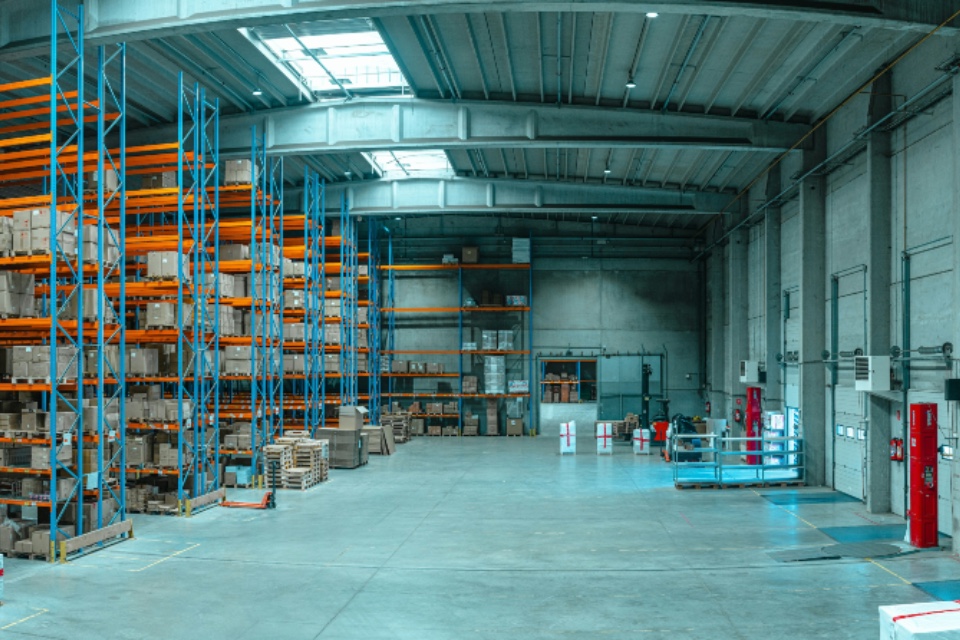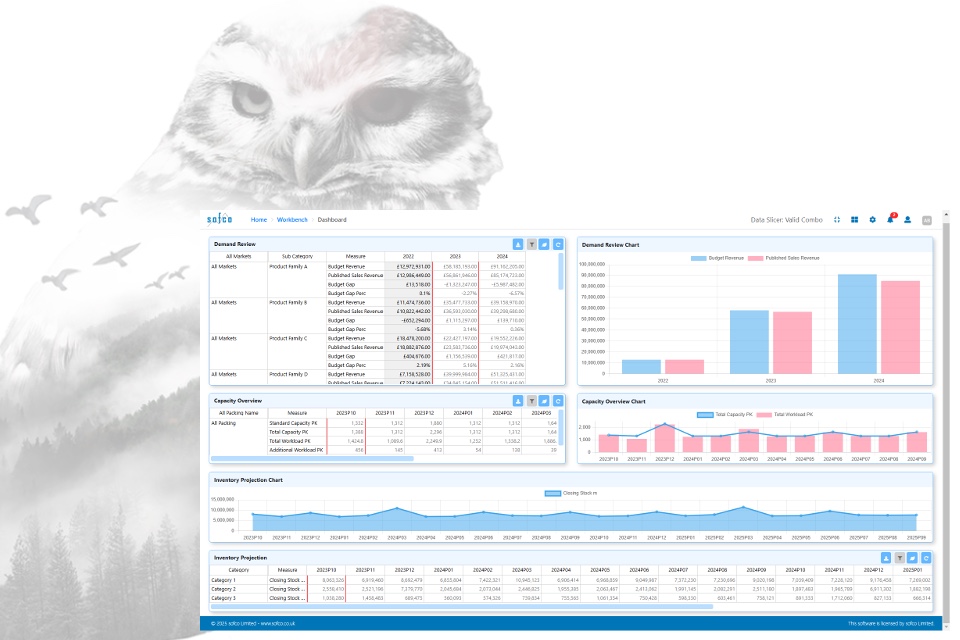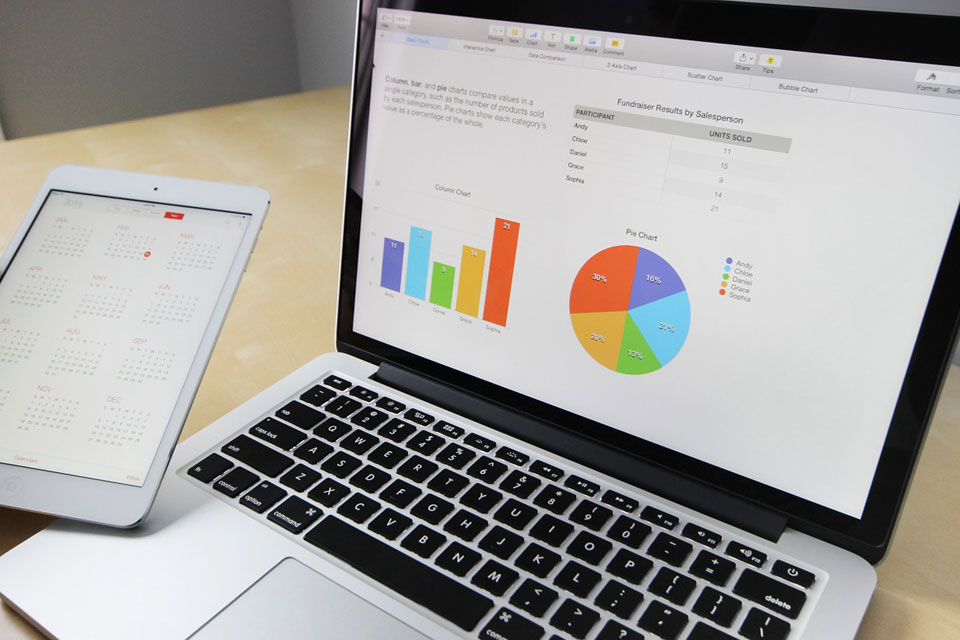Supply Chain & Logistics Managers face the constant challenge of anticipating demand and keeping inventory levels optimal. Forecasting tools have become an essential weapon in this battle, helping businesses predict future needs and avoid stockouts or excess inventory. However, navigating the sea of forecasting software solutions can feel overwhelming. Here are some top tips to help you find the perfect forecasting tool for your organisation, based on input for attendees at the Total Supply Chain Summit…
1. Define Your Needs & Goals:
Before diving in, take a step back to define your specific forecasting goals. Consider:
- Lead Time Complexity: Do you have consistent lead times, or do they fluctuate depending on suppliers or product types?
- Product Variety: Manage a vast product range or a more focused selection? Your chosen tool needs to accommodate your product complexity.
- Data Availability and Quality: The effectiveness of forecasting tools hinges on data quality. Assess the level of historical data available and its accuracy.
2. Capabilities & Functionality:
Modern forecasting tools offer a range of capabilities. Evaluate potential solutions based on your priorities:
- Demand Forecasting Methods: Look for tools offering a variety of forecasting methods, including exponential smoothing, trend analysis, and seasonal adjustments.
- Machine Learning (ML) Integration: Consider advanced tools that leverage machine learning for more sophisticated demand predictions, especially if your data is complex or your product range is ever-evolving.
- Inventory Optimization Features: Does the tool assist with optimizing stock levels to minimize holding costs and avoid stockouts?
3. Ease of Use and Integration:
A user-friendly interface is crucial. Your team needs to be able to understand and utilize the forecasting tool effectively. Additionally, consider integration capabilities. Does the solution integrate seamlessly with your existing Enterprise Resource Planning (ERP) system or Warehouse Management System (WMS)?
4. Reporting and Visualisation:
Forecasting tools should offer clear reports and insightful visualizations. Look for platforms that allow you to analyze trends, identify potential issues, and easily communicate forecasting outcomes to stakeholders.
5. Scalability and Flexibility:
As your business grows, your forecasting needs will likely evolve. Look for solutions that scale with your organization. Can the chosen tool handle increasing data volumes, accommodate new product lines, or adapt to changing market conditions?
6. Vendor Support and Training:
Reliable support is essential. Evaluate the type of support offered by the vendor. Do they provide training resources, such as online tutorials or on-site training sessions, to ensure your team can utilize the tool effectively? Look for companies offering dedicated customer support teams for ongoing assistance.
7. Cost Considerations:
Forecasting tools come with varying pricing structures. Consider factors like licensing fees, deployment costs, and ongoing maintenance charges. Some providers offer subscription-based models for budget flexibility.
8. Pilot Program and Proof of Concept:
Before a full-scale implementation, consider requesting a pilot programme or a proof-of-concept (POC) trial. This allows you to test the forecasting tool within your specific supply chain environment and assess its effectiveness with your data.
Bonus Tip:
Seek out independent reviews and industry comparison reports on different forecasting software solutions. Additionally, connect with colleagues in similar industries to learn from their experiences with forecasting tools.
By following these top tips, Supply Chain & Logistics Managers can source the best forecasting tools. The right partner will equip you with the data-driven insights to predict demand more accurately, ultimately optimising inventory levels, reducing costs, and ensuring a smooth-running supply chain operation.
Are you searching for Supply Chain Forecasting Tools for your organisation? The Total Supply Chain Summit can help!







